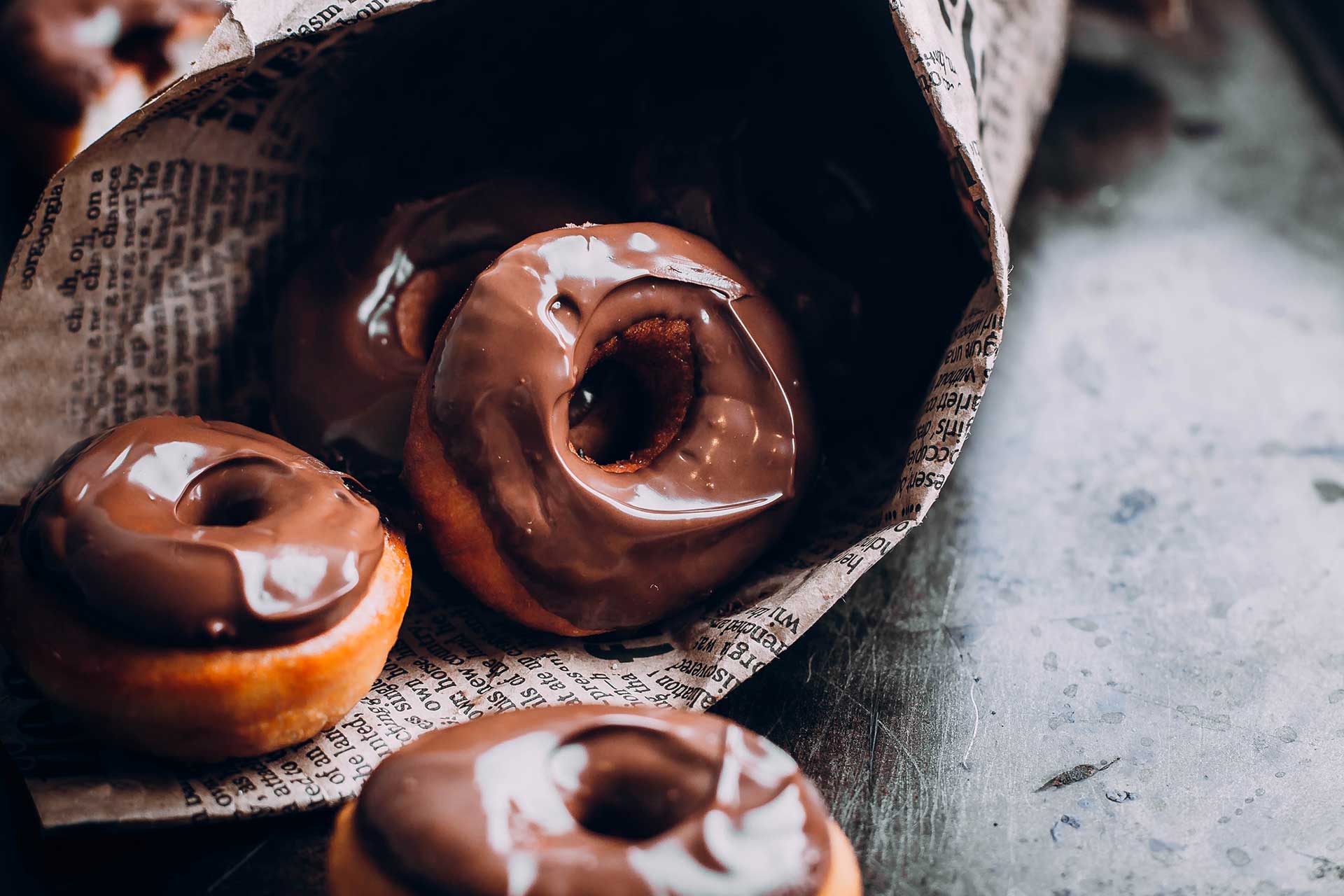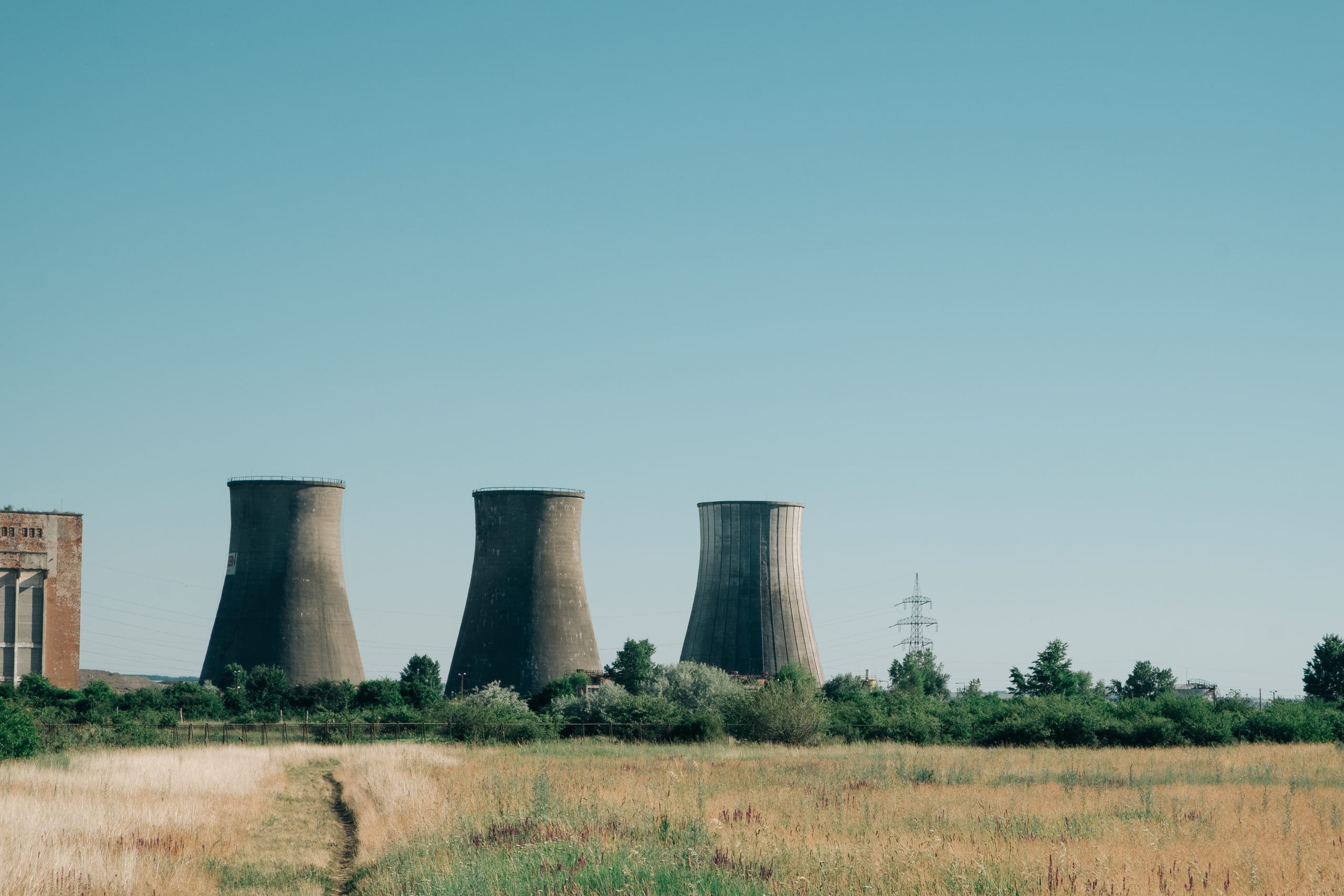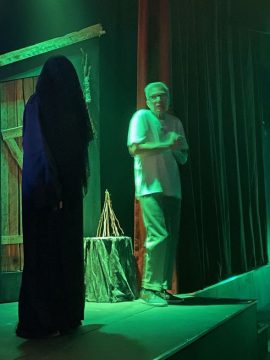In 1943, as part of the infamous Manhattan Project, the US government forced out residents of three little towns in Eastern Washington state: Richland, Hanford, and White Bluffs.
In their place, they constructed a new site – Hanford Engineer Works, a top secret location to manufacture plutonium on an industrial scale. In other words, an atomic bomb factory.
Soon, a construction camp was built to house the many new workers brought to work the site. To support the 51,000 workers, the government also built schools, recreation halls, and stores, and later houses all over the area, designated by letters to signify the different home models.


During the next few years, over 500 structures were built on the site, including several nuclear reactors. By July of 1945, the three main reactors had produced enough plutonium to test an atomic bomb, and soon produce the bomb dropped on Nagasaki in August of 1945.
It wasn’t until after Japan surrendered that the residents at Hanford were told what exactly was being created at Hanford. The area, now dubbed Richland, continued on with atomic energy research, the production of plutonium, and various other nuclear physics projects.
Since the US stoppage of plutonium production in the late 1980s, the Hanford Project morphed into a full environmental cleanup project, which is ongoing and will last decades.

This play follows one family’s experience moving to Richland, and, initially, living near a mysterious “witch”.
Yes, things seem suspicious (and dangerous) but is their neighbor actually a witch? Or are they just another one of the thousands plagued with health issues from living in the backyard of what has been declared: “the most toxic place in the Western Hemisphere”?